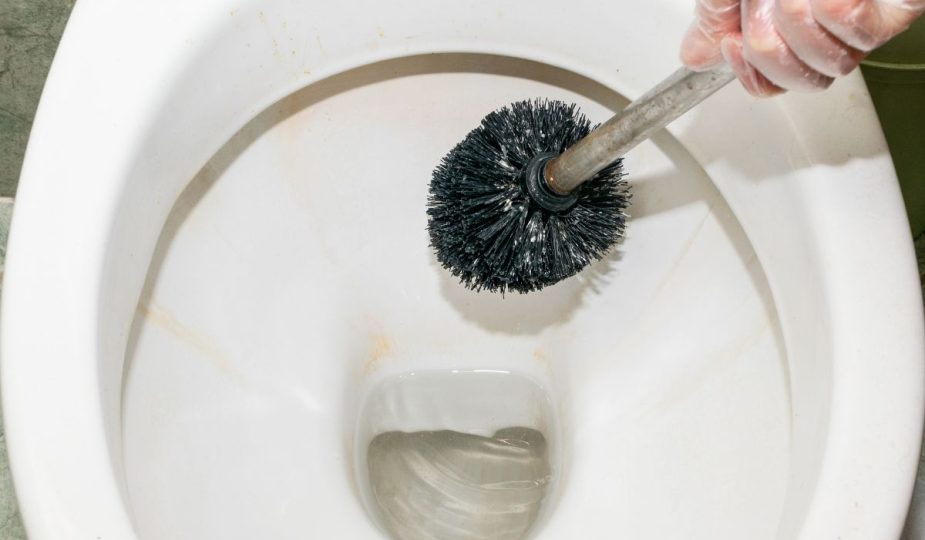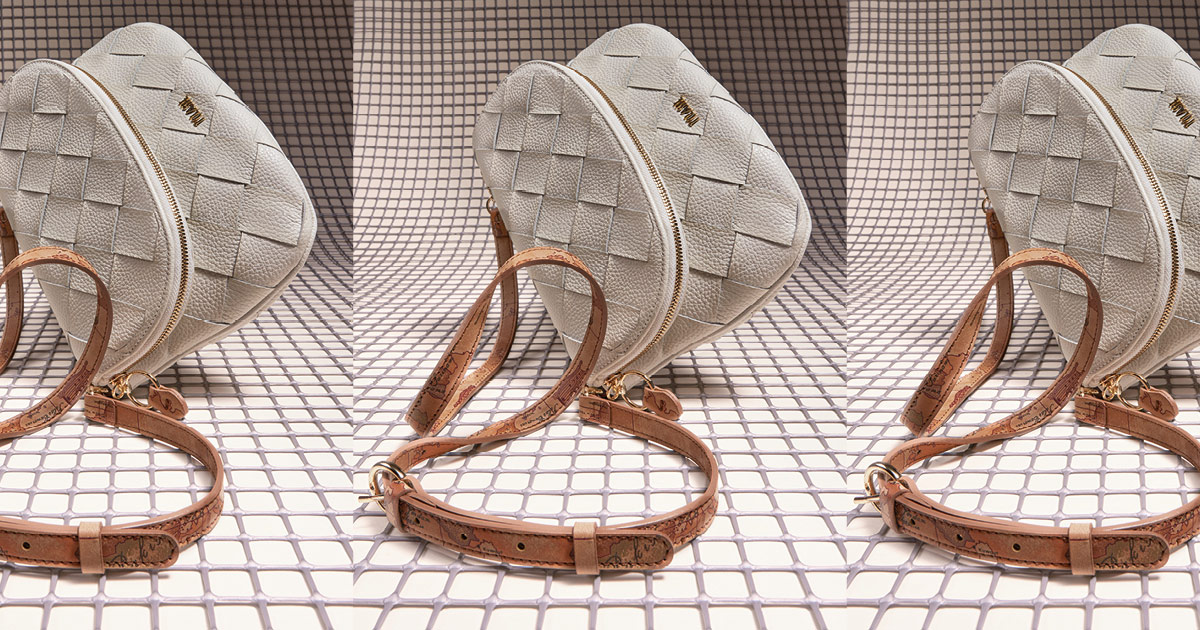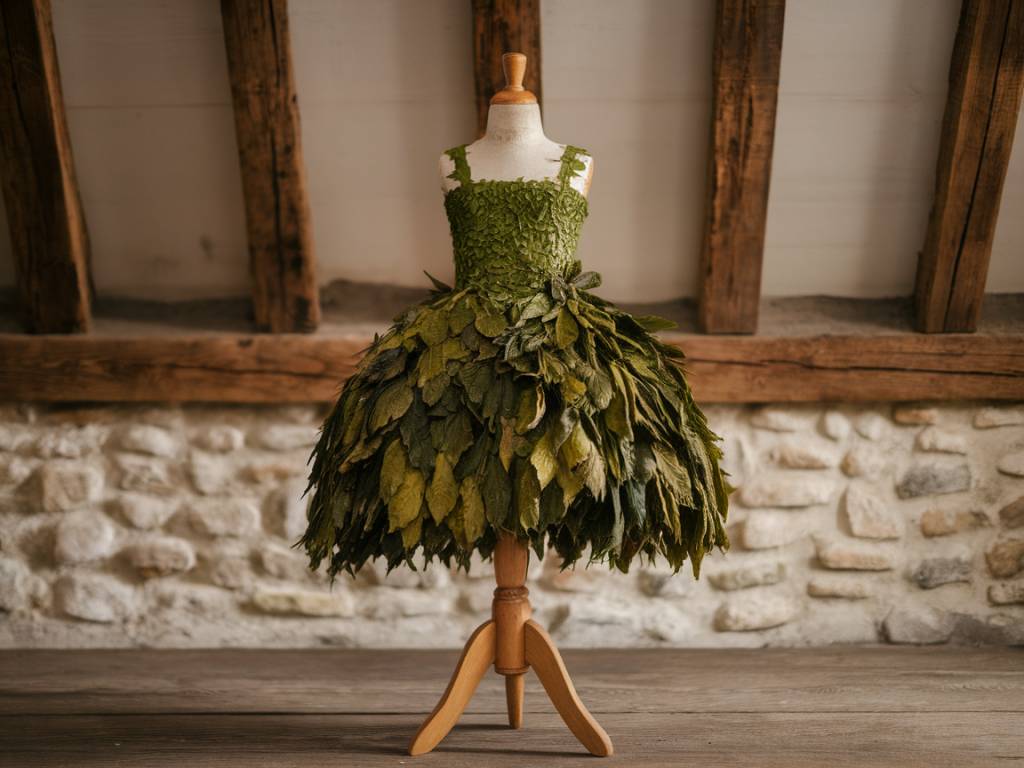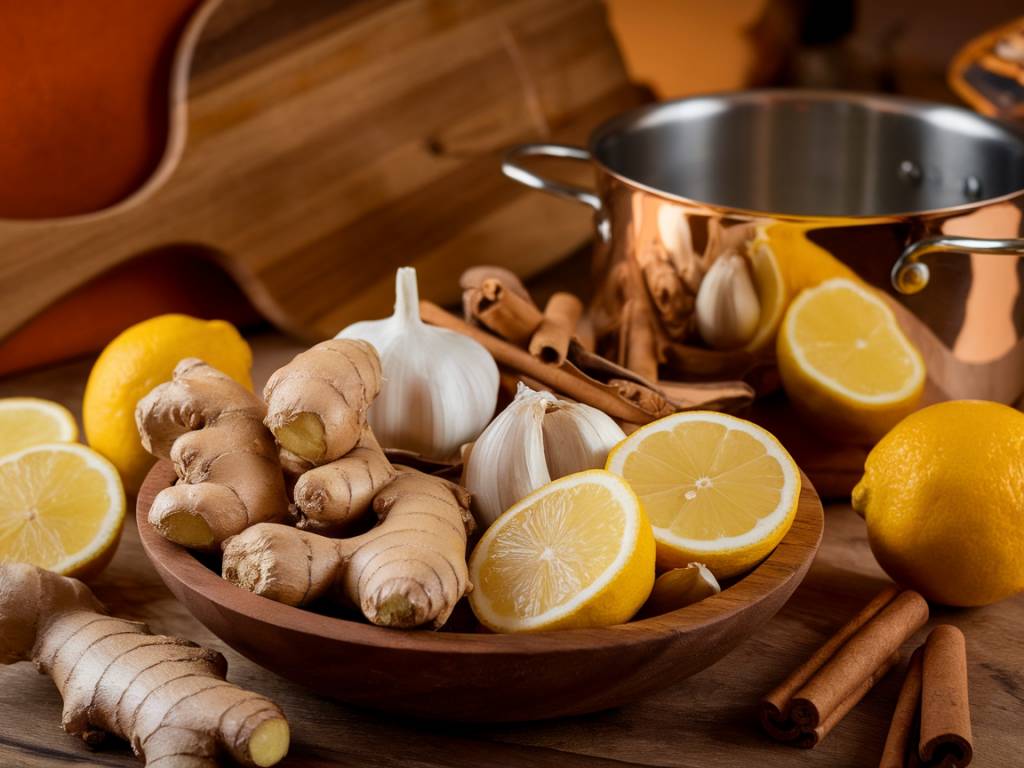Why Your Toilet Bowl Gets Yellow—and Why It’s Not Your Fault
Over time, even the cleanest homes can end up with a toilet bowl that looks yellowed and dull. Hard water minerals, known as limescale, cling to porcelain surfaces and leave stubborn rings. Organic residue—from soap scum, skin oils, and everyday use—builds up and traps odors. Rather than reach for harsh chemical cleaners that can damage your porcelain and irritate your senses, take a cue from grandma’s wisdom: natural, crust-busting solutions are often just as powerful, kinder to the environment, and safer for your family.
Grandma’s Triple-Action Cleaning Hack
When it comes to removing yellow stains and restoring shine, the golden rule is simplicity. You only need three pantry staples:
- Baking soda: A gentle abrasive that lifts stains without scratching porcelain.
- Table salt: Enhances the scrubbing power of baking soda and helps scour off tough limescale.
- Vinegar: The acid breaks down mineral deposits and disinfects.
Combined, these ingredients create a sparkling, fizzing reaction that blasts away yellow rings and kills bacteria—without toxic fumes.
Step-by-Step Guide to Make Your Toilet Sparkle
Gather your tools before you begin: a cup or small bowl, a measuring spoon, and a pumice stone with a handle. Then follow these steps:
- Mix the dry components. In a small bowl, combine equal parts baking soda and table salt—about ½ cup of each. Stir thoroughly so the grains are evenly distributed.
- Apply to the toilet bowl. Sprinkle the mixture around the entire inner surface of the bowl, focusing on yellow and brown rings. Use a gloved hand or a toilet brush to gently press the powder into stubborn areas.
- Let it sit overnight. Close the lid and leave the baking soda–salt blend to work its magic for at least 8 hours. This dwell time loosens limescale and organic stains at their core.
- Pour in warm vinegar. Early the next morning, heat about 2 cups of white vinegar until warm (not boiling) and pour it over the powder. You’ll see fizzing and bubbling—that’s the reaction breaking apart mineral deposits.
- Scrub with a pumice stone. Once the fizz subsides, use the pumice stone gently on stained spots. Its fine abrasive surface removes residue without scratching porcelain, thanks to its low hardness level.
- Flush and repeat if necessary. Flush the toilet to rinse away residue. If any stains remain, repeat the process, focusing on the problem areas until the bowl looks pristine.
Alternative: Citric Acid & Dish Soap Power Combo
If you prefer a liquid approach, mix 2 tablespoons of citric acid powder with a squirt of mild dish soap and 1 cup of warm water. Pour the solution into the bowl, ensuring it coats the stained areas. Let it sit for 15–20 minutes before scrubbing with a toilet brush. Citric acid dissolves calcium and rust, while the soap lifts grease and organic grime. Finish by flushing thoroughly.
Preventing Future Stains: Easy Habits for a Spotless Bowl
Once you’ve restored your toilet’s gleaming finish, these simple habits will keep it looking that way:
- Install a water softener or filter. If you live where water hardness is high, softening it prevents mineral buildup on porcelain surfaces.
- Wipe bowl walls dry. After each cleaning, use a microfiber cloth to remove excess water. Dry walls inhibit limescale formation and prevent unsightly rings.
- Quick weekly touch-ups. Sprinkle a teaspoon of baking soda and scrub lightly with a brush to maintain shine between deep cleans.
- Leave the lid open overnight. Improved air circulation reduces moisture buildup and discourages mold and odor.
- Use toilet drops or tablets sparingly. Choose enzyme-based or natural products to avoid harsh chemicals that can damage seals and porcelain glazes.
Embrace Grandma’s Timeless Wisdom
Cleaning your toilet doesn’t have to involve fumes, special equipment, or expensive products. Using everyday ingredients like baking soda, salt, vinegar, and citric acid, you can achieve a streak-free bowl that sparkles as new. With a few minutes of effort, you help protect your porcelain, the environment, and your family’s health. Keep this chemical-free hack in mind, and say goodbye to yellowed toilet rings for good!










